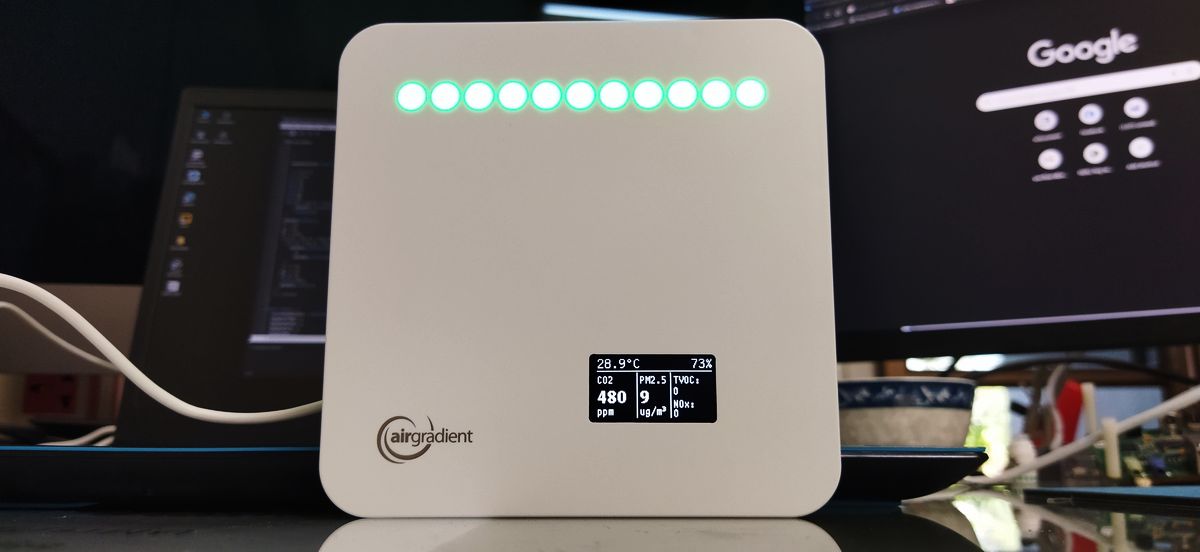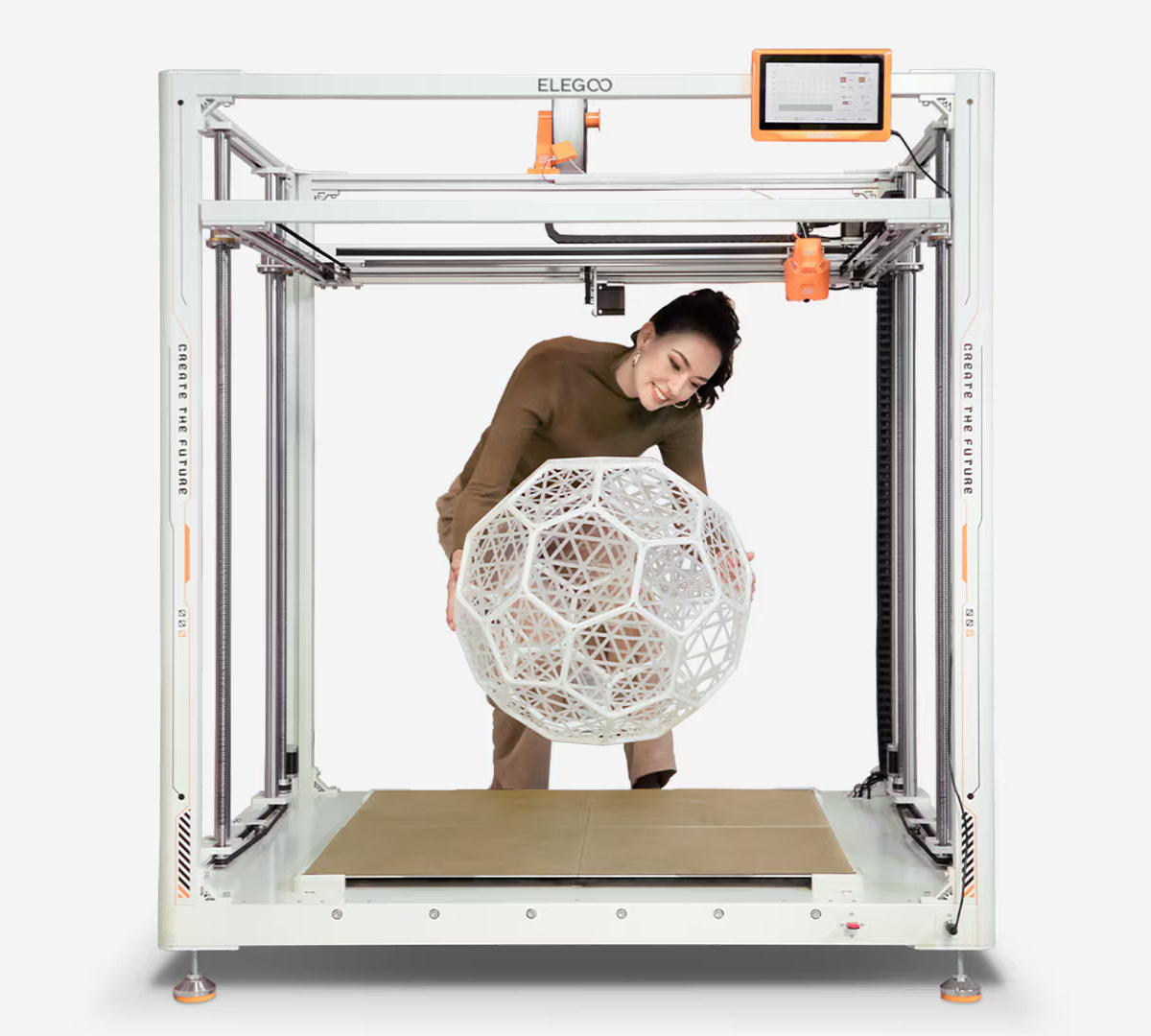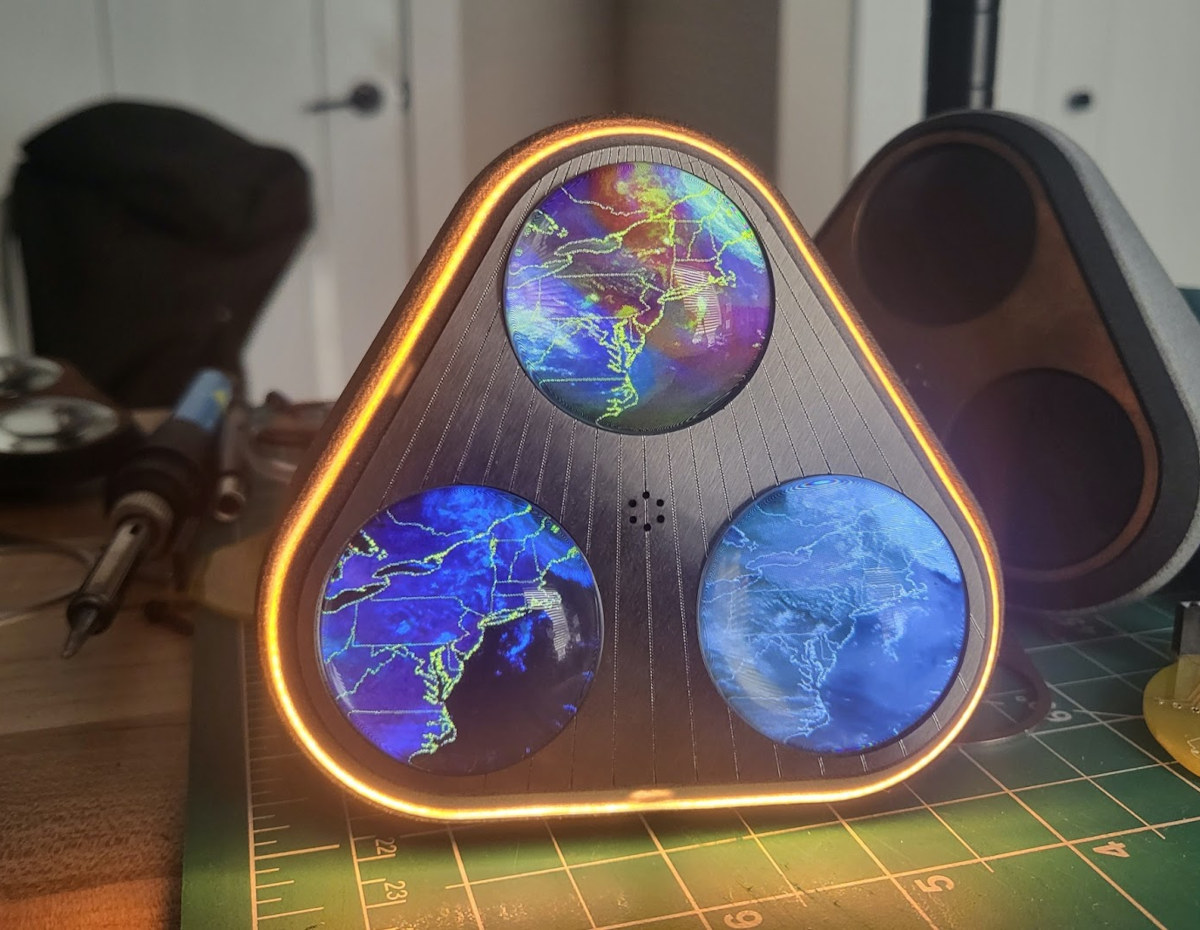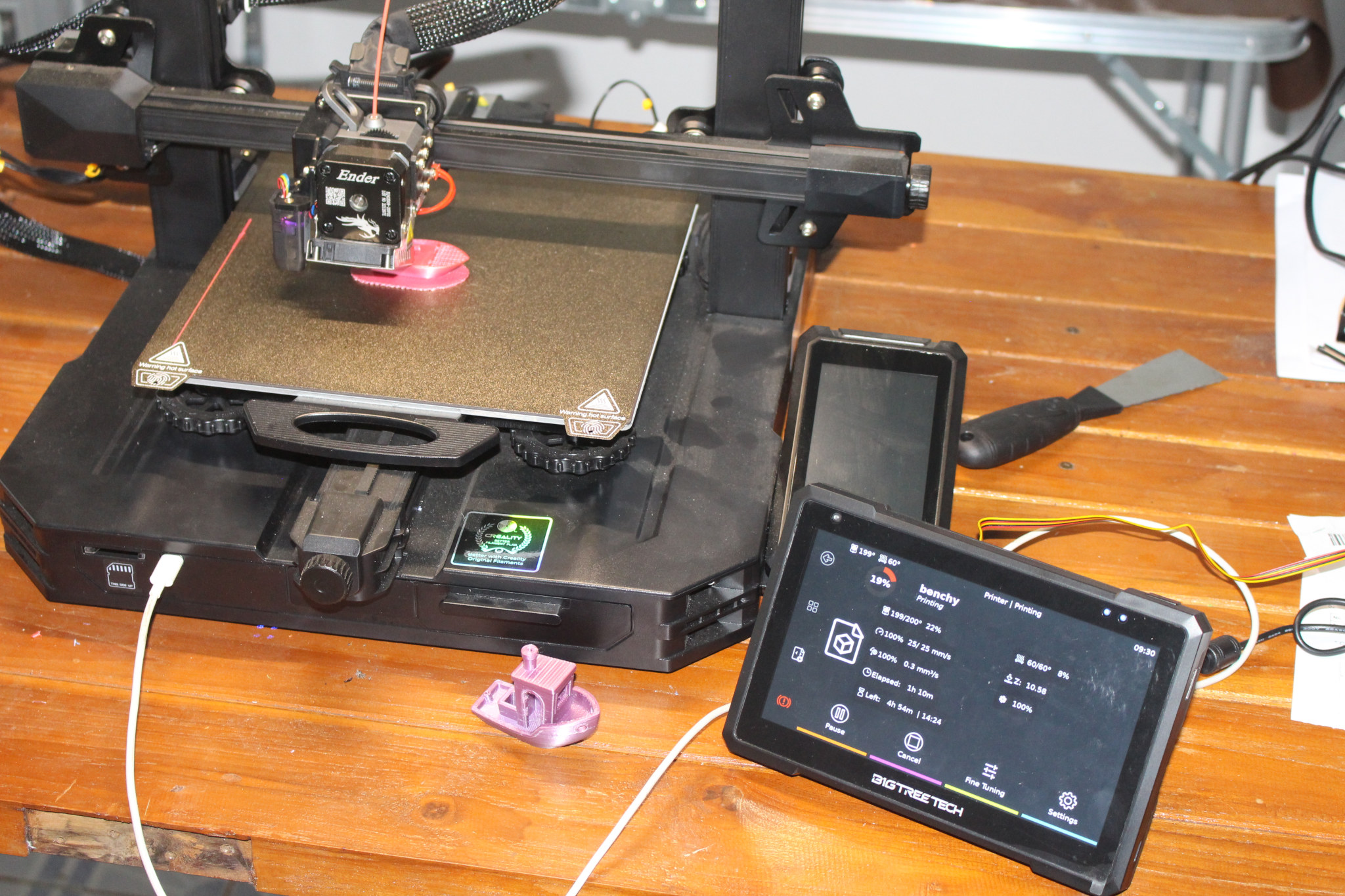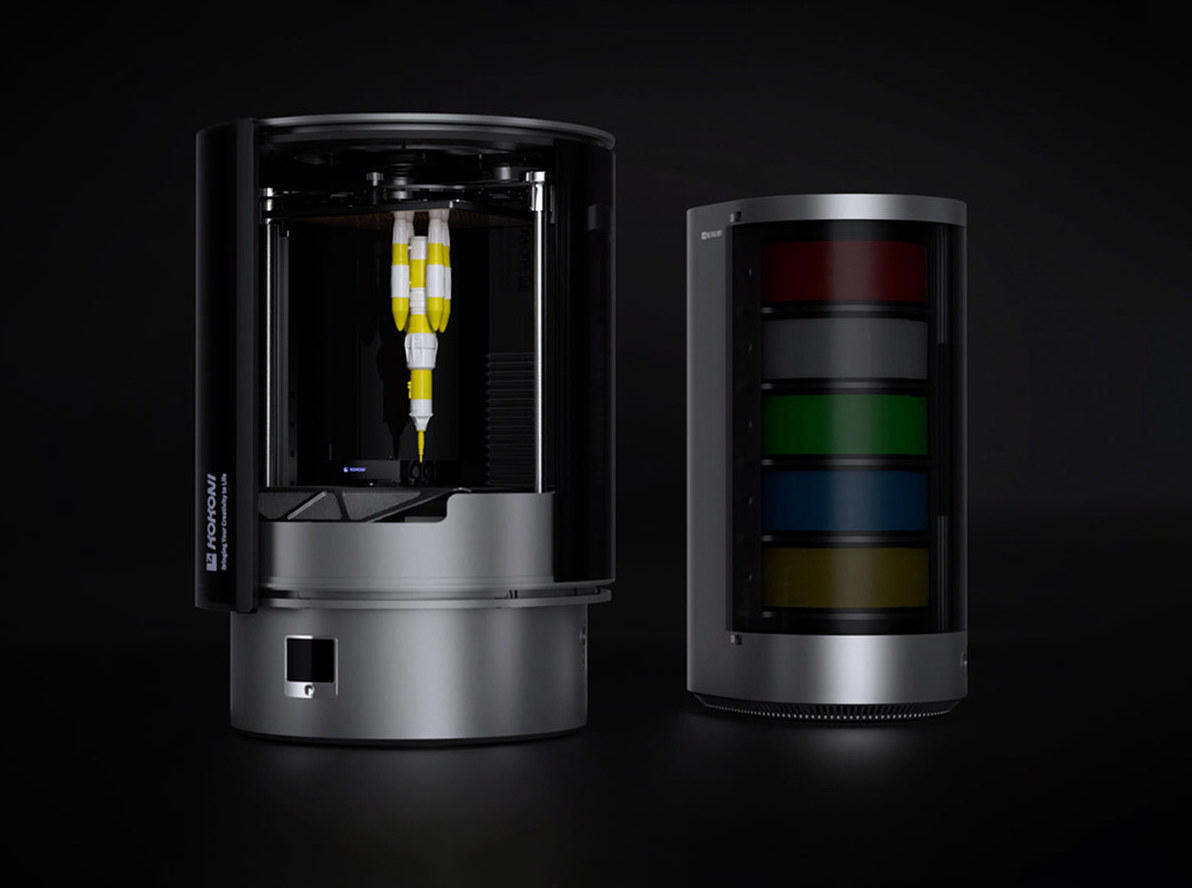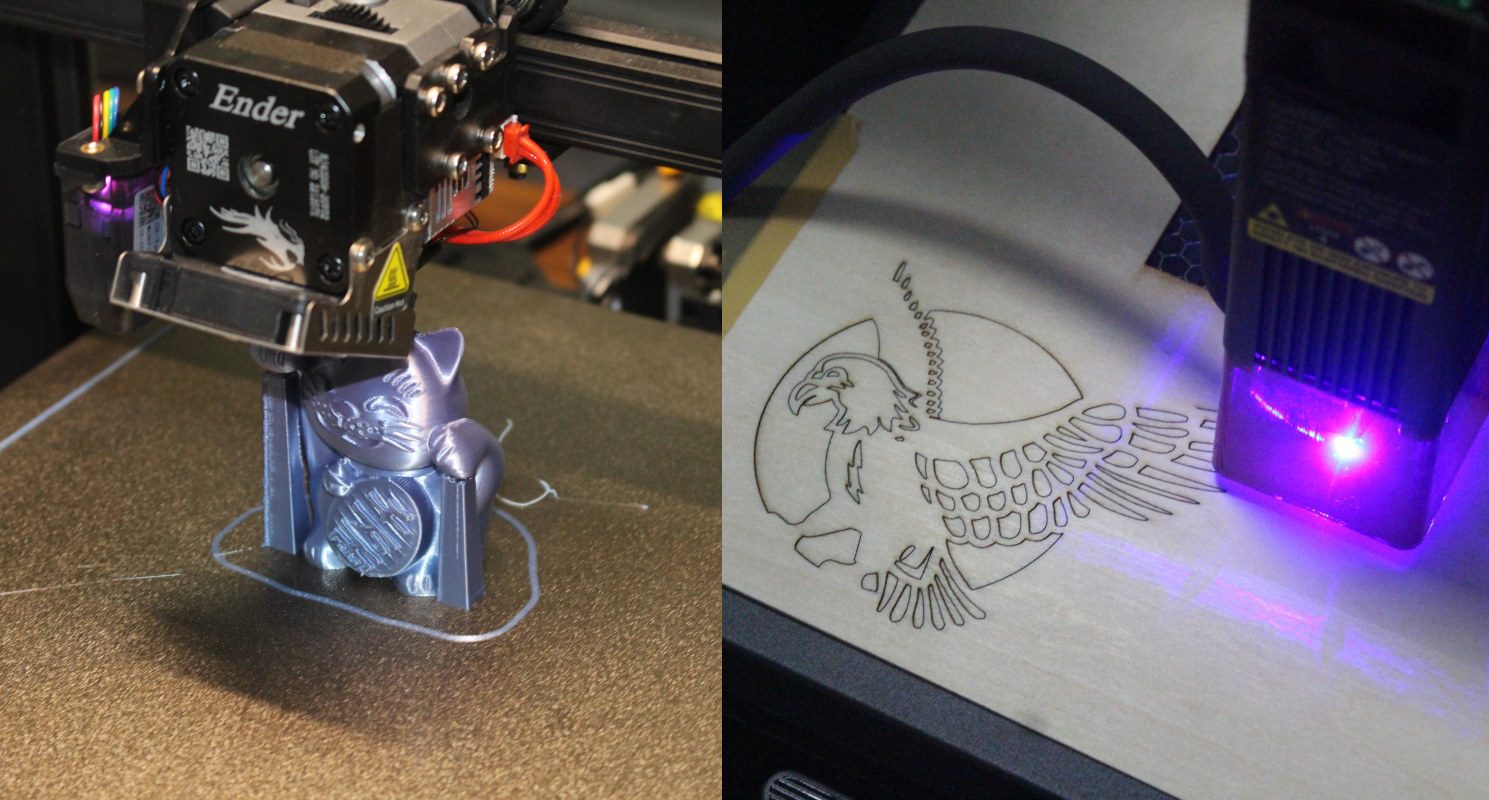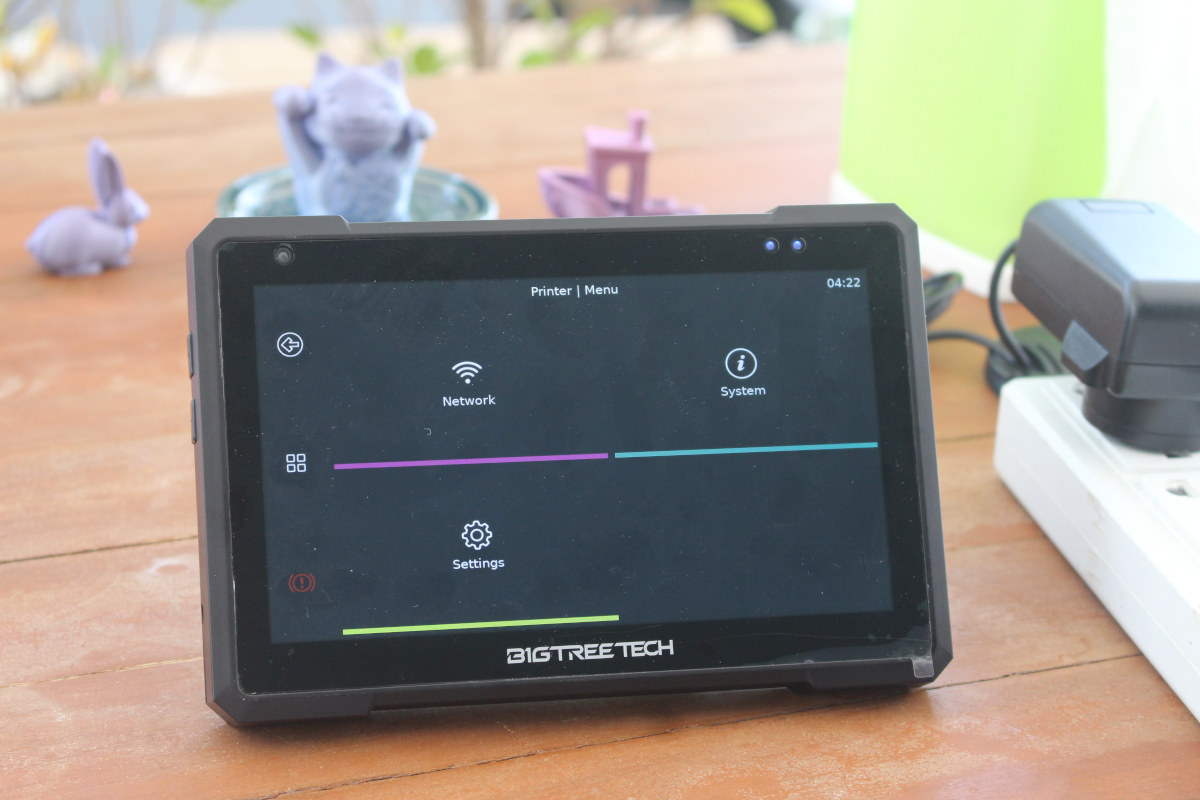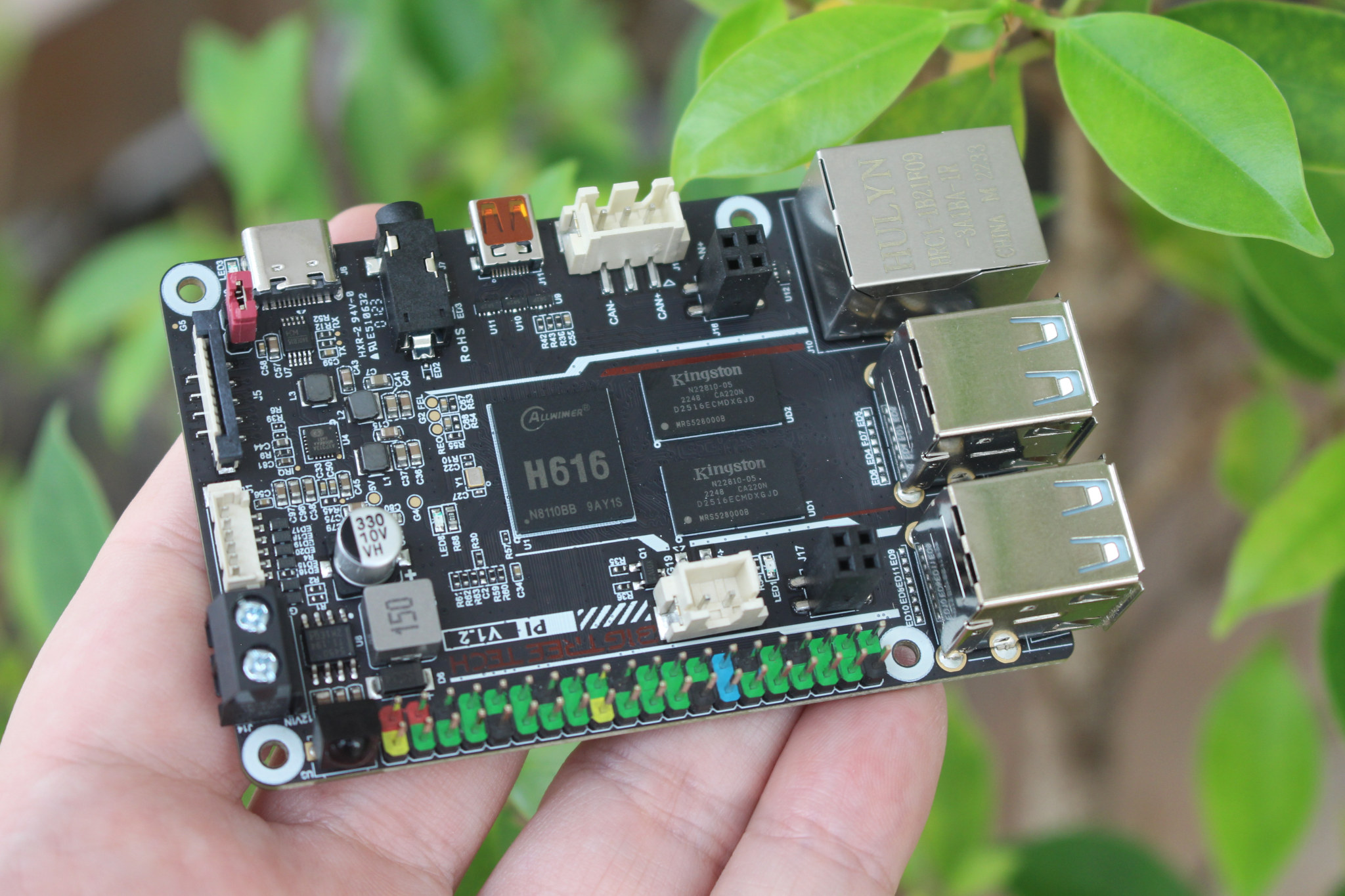The product we are reviewing today is the “AirGradient ONE” air quality monitor kit which is an updated version of the earlier AirGradient air quality monitor. The device is equipped with sensors from Sensirion and Plantower, allowing it to measure many air quality parameters such as CO2, PM2.5, TVOCs, NOx, temperature, and humidity. It is an indoor air quality monitor that is both open-source software and open hardware. This means that the Arduino source code, schematic diagrams, PCB, and 3D models of the enclosure are available to developers. AirGradient ONE DIY Kit Unboxing The device was packaged within a cardboard box, with a greeting card from the manufacturer. The card features a QR code linking to a webpage with the installation guide. Since I requested the Kit version (there’s also a fully assembled model), some sensors were not pre-assembled and they were well-packaged in separate seals. The main PCB was […]
ELEGOO OrangeStorm Giga is an enormous 3D printer that supports up to four nozzles (Crowdfunding)
If you’ve found yourself frustrated more than once because the build volume of your 3D printer was too small for your prints, the ELEGOO OrangeStorm Giga should meet most people’s requirements as the enormous 3D printer offers an 800 x 800 x 1,000mm building volume, and can also be fitted with four nozzles and filament spools to print multiple objects at the same time. Besides the ability to print larger objects and multiple objects, you won’t need to find a table for it, since the gigantic 3D printer would typically be installed on the floor. Those large 3D printers have been available to businesses for years, but it’s the first time I’ve seen a consumer-grade 3D printer with those dimensions! ELEGOO OrangeStorm Giga specifications: Build Volume – 800 x 800 x 1,000mm Nozzle Maximum Temperature – 300°C Nozzle Diameter – 0.6mm Number of nozzles – 1, expandable to 4 Hot […]
Raspberry Pi Zero W-based Weather Orbs shows weather data on three round displays (Crowdfunding)
Peter Holderith’s Weather Orbs is a Raspberry Pi Zero W-powered desktop weather station that displays animated weather data from NOAA and NWS on three small round displays connected over SPI. Internally it’s an add-on board that connects to the 40-pin GPIO header of the Raspberry Pi Zero W and with three additional headers to connect the smartwatch round displays. The PCB also comes with 16 RGB LEDs to create some nice lighting effects. The Raspberry Pi Zero W and accompanying electronics are housed in a custom “high-quality” 3D printed enclosure with a cover made of brushed stainless steel, and thick glass magnifiers complete the design for a retro style. The default firmware fetches weather data, such as live satellite images from NOAA or radar from NWS, and displays those on the three round displays. It also starts a Wi-Fi hotspot called “weatherorbs” to which the user can connect and then […]
Review of BIGTREETECH Pad 7 Klipper pad with Creality Ender-3 Pro S1 3D printer
I received the BIGTREETECH Pad 7 7-inch Klipper pad and tablet PC for review earlier this month. I’ve already tested it with a Raspberry Pi CM4 as a Linux tablet PC with touchscreen, and I’ve now reinstalled the BTT CB1 Allwinner H616 system-on-module to run the pre-install Klipper OS and connect the Pad 7 to a Creality Ender-3 Pro S1 3D printer. When I first booted the Pad 7 it ended up with an error message from Klipper complaining about a missing configuration file. I connected to WiFi and update all software packages, but it didn’t help. It’s just because the Pad 7 needs to be configured for a specific printer. We can do so through the web dashboard accessible through a web browser going to http://btt-pad7.local (unless you’d changed the hostname in the system) We’ve got the same error shown in the web interface as Klipper needs to be […]
KOKONI SOTA 3D printer handles 600mm/s prints, 7-color printing (Crowdfunding)
KOKONI SOTA 3D printer with an inverted design (the printing head is under the hotbed) that supports printing speeds of up to 600mm/s, as well as 7-color printing through a filament tower adding support for 5 extra filament rolls. The upside-down design was made to move motors and rails to the bottom base of the printer to lower the center of gravity and help improve stability, reduce the vibration to virtually nothing, and enable the faster printing speed. KOKONI also says the SOTA 3D printer offers 0.1mm accuracy thanks to AI radar detection and error compensation and operates relatively silently at 30dB one meter from the 3D printer. KOKONI SOTA specifications: Printing size – 200 x 200 x 200 mm XY axis – Linear rail Z-axis SOTA Lite – Lead screw SOTA – High-precision ball screws Drive motor SOTA Lite – high-speed stepper motor SOTA – Closed-loop motor with magnetic […]
Creality Ender-3 S1 Pro review – Part 2: Engraving and 3D printing
Earlier this year, I received the Creality Ender-3 S1 Pro 2-in-1 3D printer & laser engraver and in the first part of the review, I showed the package content and how to assemble the system either to use it as a 3D printer or a laser engraver, but didn’t start it at the time. I’ve now had time to play with both laser engraving (less luck with cutting) and 3D printing, so I’ll report my experience in the second part of the review. Creality Ender-3 S1 Pro laser engraving Since in the last part of the review I had the 10W laser module installed on the 3D printer, I decided to start the testing with laser engraving and cutting. Contrary to the TwoTrees TS2 laser engraver I reviewed last year, the Creality Ender-3D S1 Pro laser engraving kit does not support autofocus, so I used the provided multi-level fixed-focus bar […]
BIGTREETECH Pad 7 7-inch 3D printer control display runs Klipper on Allwinner H616 SoM or Raspberry Pi CM4
Yesterday, I wrote about the BTT Pi V1.2 Allwinner H616 SBC designed for 3D printers, but also mentioned I had received the Pad 7 from BIGTREETECH which is a software-compatible, but more complete solution with a 7-inch display and an Allwinner H616-powered CB1 system-on-module compatible with the Raspberry Pi CM4. The BIGTREETECH Pad 7 should be more convenient to use with its integrated 7-inch touchscreen display, and if you ever decided you didn’t need it to control your 3D printer anymore, it could always be used as a small Linux computer running Raspberry Pi OS or another operating system. BIGTREETECH Pad 7 specifications: Supported modules BIGTREETECH CB1 v2.2 (included in the kit) – Allwinner H616 quad-core Cortex-A53 CPU with Mali-G31 MP2 GPU, 1GB RAM, 802.11 b/g/n WiFi 4 Raspberry Pi CM4 module with Broadcom BCM2711 quad-core Cortex-A72 CPU with VideoCore IV GPU, 1 to 8GB RAM, 0 to 32GB eMMC […]
BIGTREETECH Pi v1.2 – A Raspberry Pi-sized Allwinner H616 SBC for 3D printers
BIGTREETECH Pi v1.2, also known as the BBT Pi v1.2, is a Raspberry Pi-sized Allwinner H616 single board computer (SBC) specially designed for 3D printers with many of the same ports as the Raspberry Pi 3/4, but also features 12V-24V DC power input and connectors for the ADXL345 3-axis accelerometer, CAN Bus, and so on. The board is equipped with 1GB RAM, a microSD card slot to run the operating system (Debian 11 with Klipper), a 4K capable micro HDMI port, Fast Ethernet and WiFi 4 networking, four USB ports, and the usual 40-pin Raspberry Pi header. BTT Pi specifications: SoC – Allwinner H616 quad-core Arm Cortex-A53 @ 1.5GHz with Arm Mali G31 MP2 with support for OpenGL ES 3.2 System Memory – 1GB DDR3L SDRAM Storage – MicroSD card slot Video Output Micro HDMI 2.0a port up to 4Kp60 resolution SPI port for display Audio – 3.5mm audio jack […]


